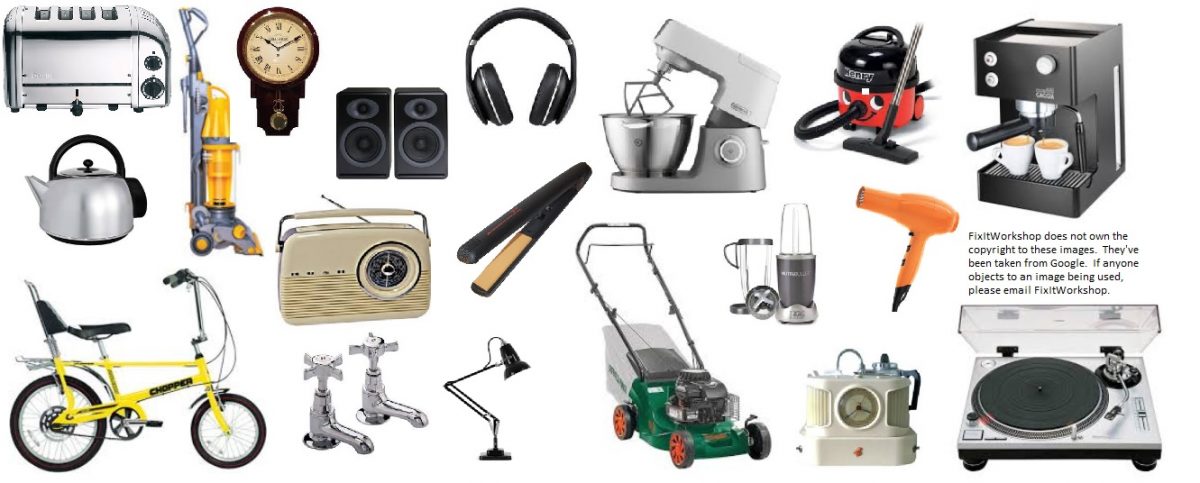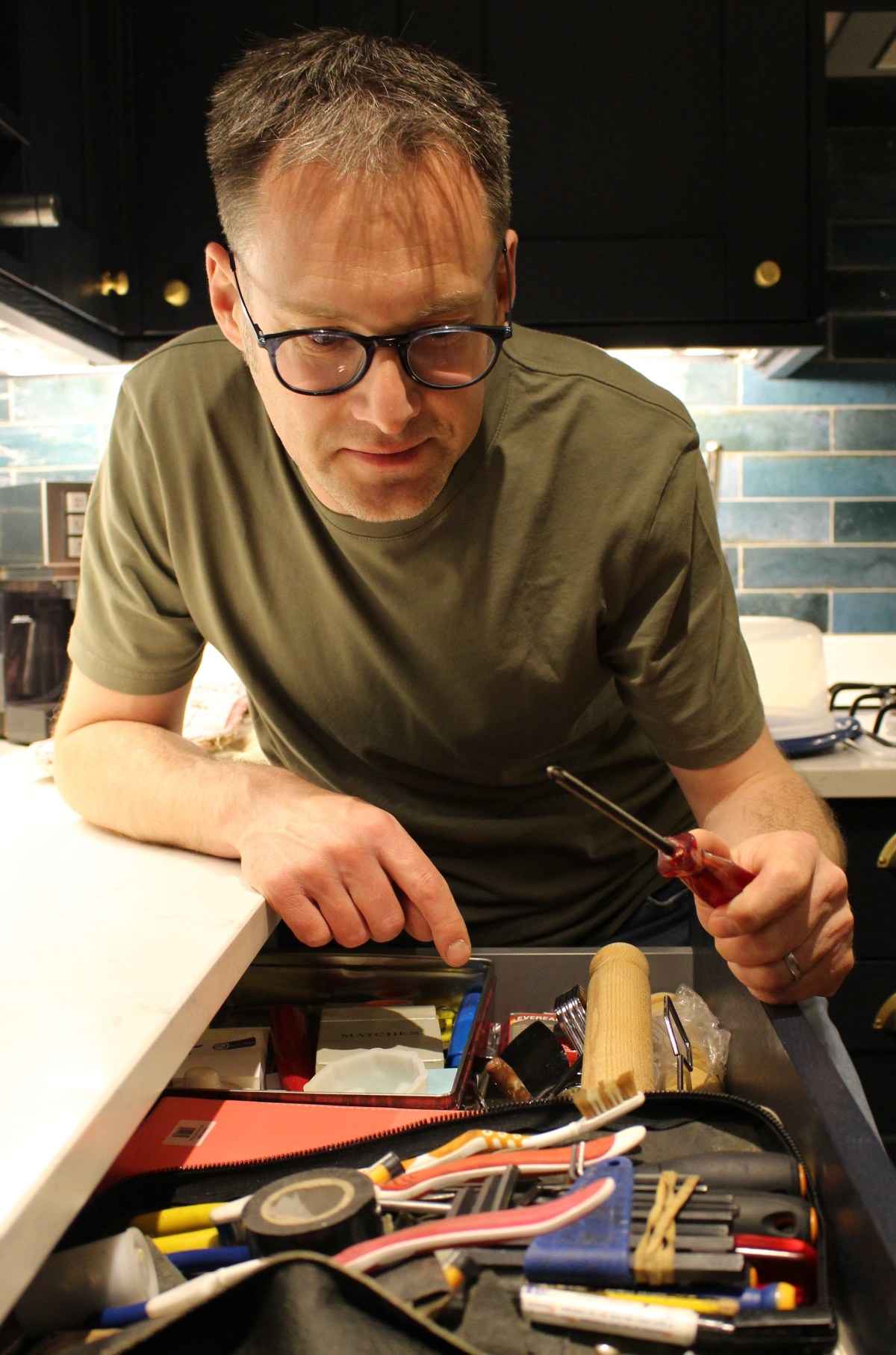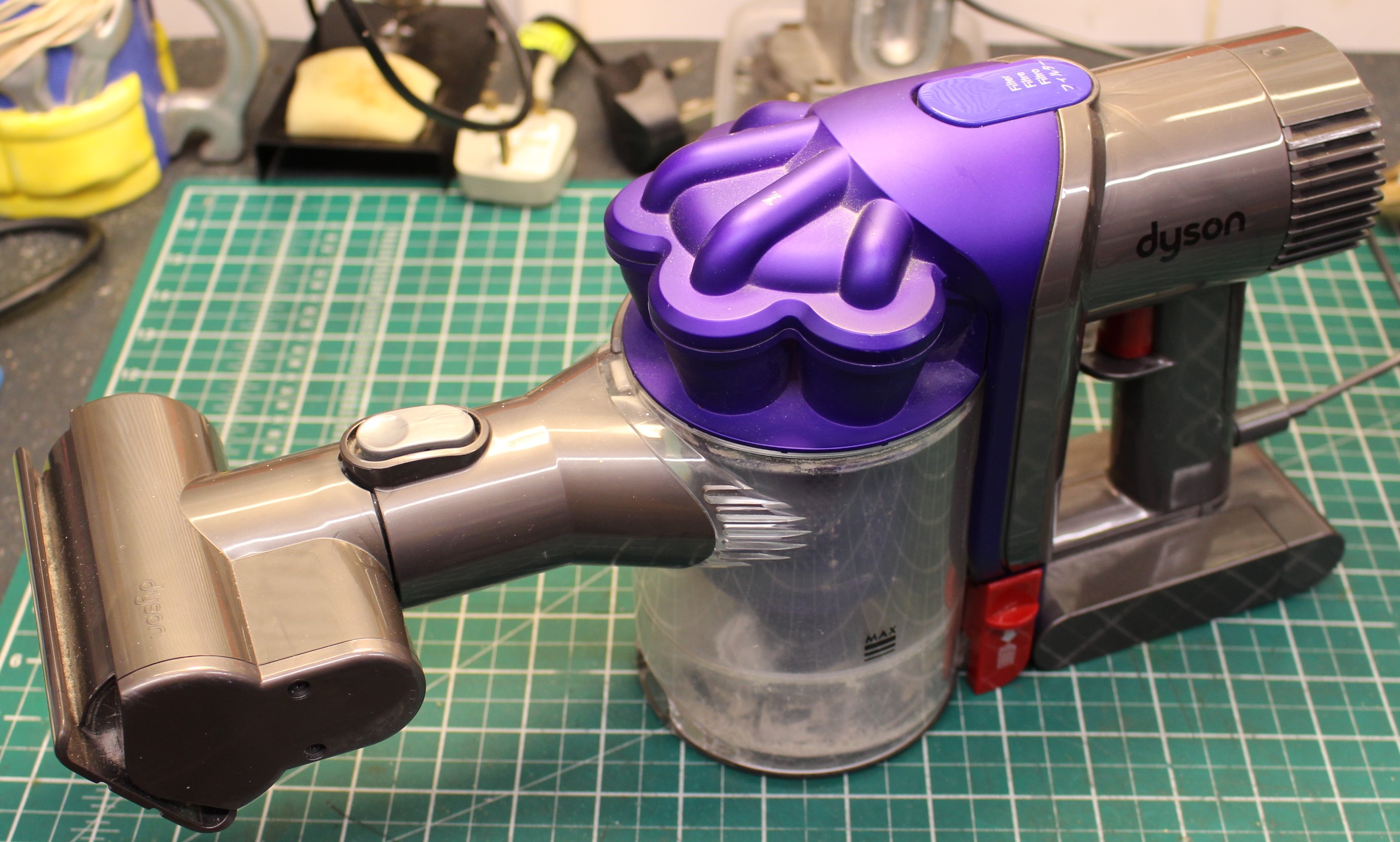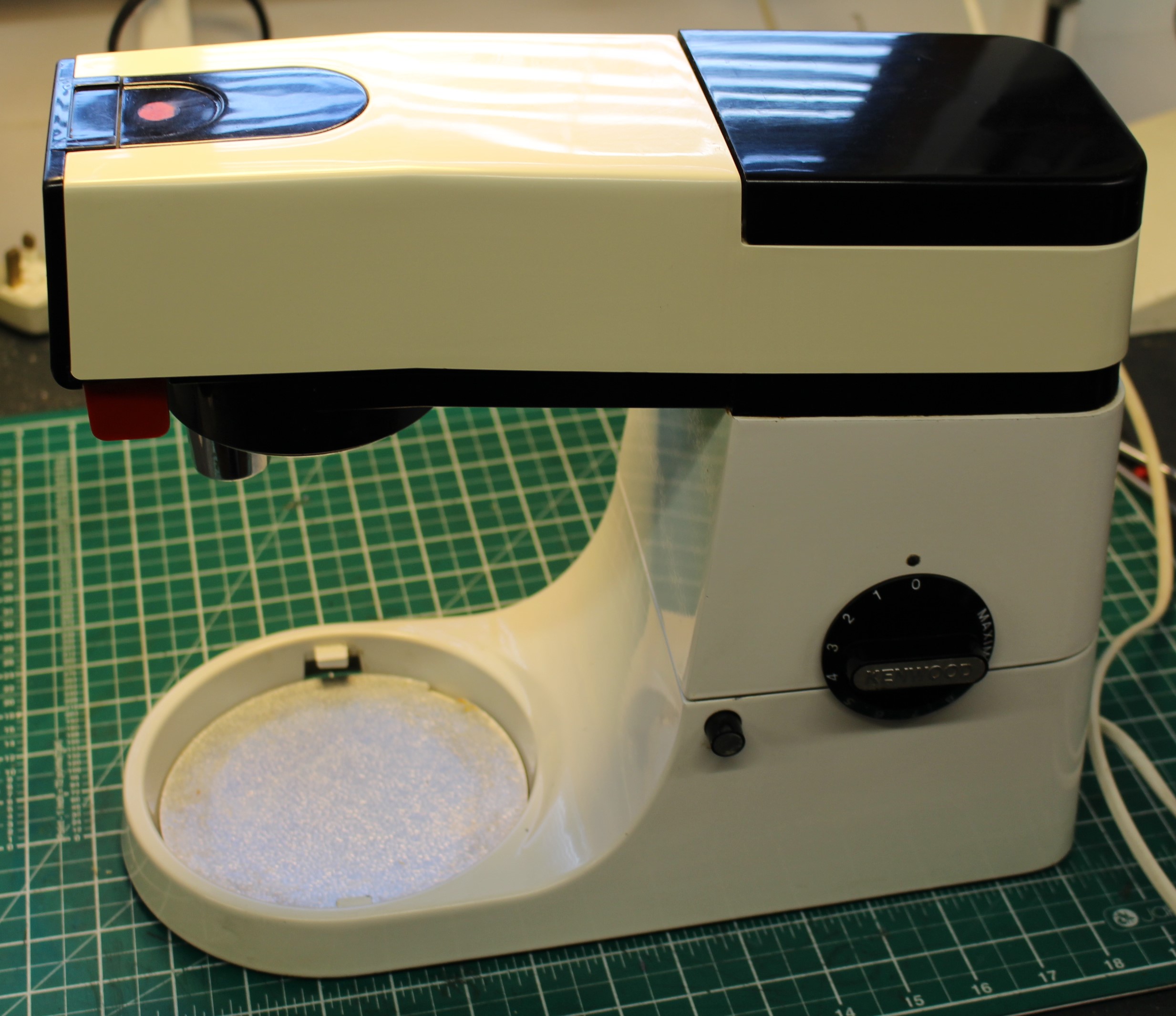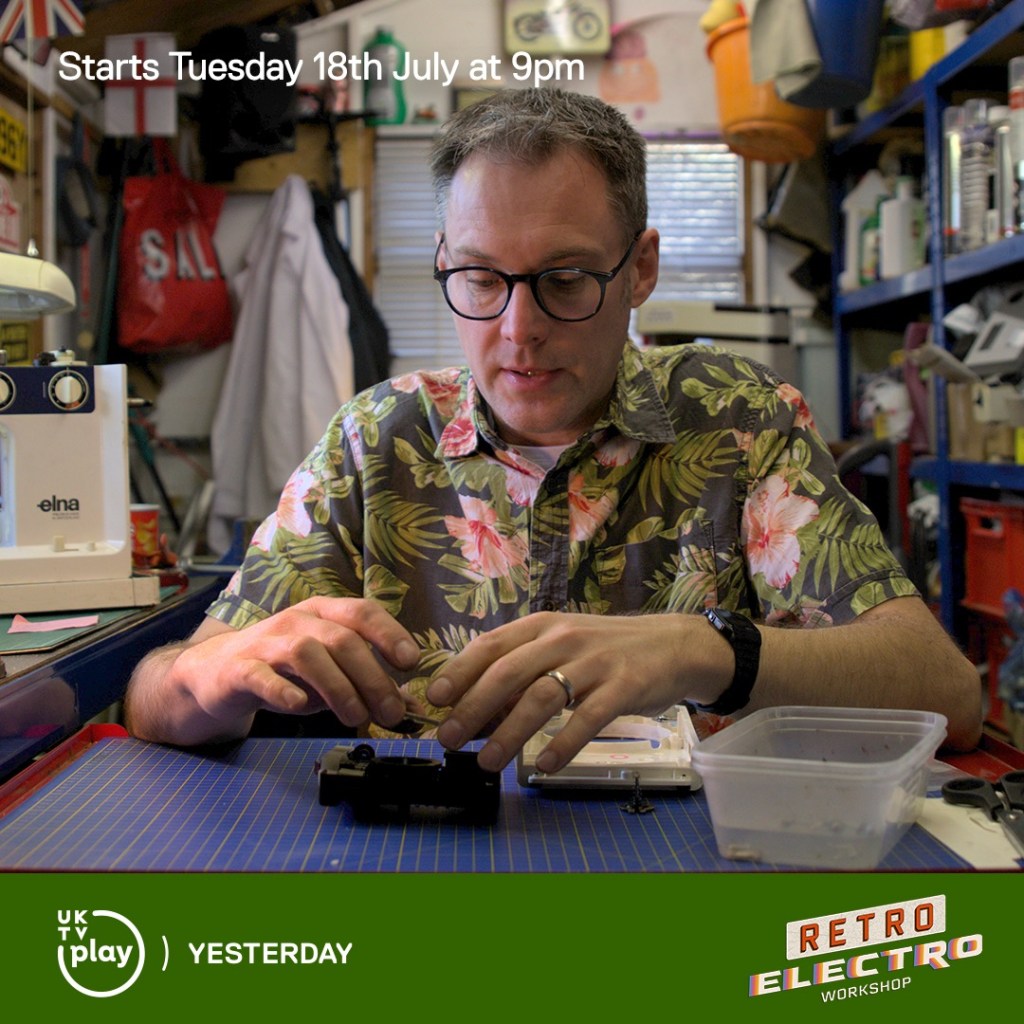I think it was Michael McIntyre who first referred to the man-drawer as ‘the funniest drawer in the kitchen’, full of all the ‘that’ll come in handy items’ that we accumulate over time. It’s brilliant observational comedy, and he nailed it so well that today, we often refer to the ‘man drawer’ as a thing in our homes. The reason that the joke still resonates today is that it’s true. But, what should be in a man (or woman) drawer for the conscious home maintainer?
Toolbox talk!
I want to talk about the tools that I think every home should have. Tools that could empower you with a fighting chance of having a go at fixing something yourself. The tools that will help you get the best from your appliances, make things last longer and help save you money. If you already have a good selection of tools, skip the next paragraph and head straight to the ‘common jobs, useful tools to have’ section. If not, do read on.
Let’s bust some tool-related myths. Firstly; tools are expensive. Sure, like anything in life, you can pay through the nose for a set of screwdrivers or spanners if you want to, and there’s a tool quality to suit all circumstances and pockets. But here’s the thing, for most DIY purposes, a reasonable set of basic screwdrivers costs less than a tenner and the best part is that you’ll get that money back again and again when they’re put to use. Secondly, you need to be an ‘expert’ to use tools. Well, a knife and fork are tools and we all (hopefully) use those, so don’t be deterred by people who might dissuade you from tackling jobs yourself. I’m wary of the term ‘expert’ anyway. In my experience, experts are a rare thing. Luckily, these days, most of us have access to YouTube. Search for the thing that’s foxing you and the chances are that one of the 2.3 billion users have an answer.
Before you reach for your phone to fix a dripping tap, if you haven’t got some already, you’ll need to arm yourself with some basic tools. Below is a brief summary of tools I think every home should have and what I think they can be used for. Some jobs are obvious, some less so.
Common jobs, 6 useful tools to have
1: Small flat-blade electricians’ screwdriver. I think it’s possible to write a thesis on the usefulness of a small flat-blade screwdriver, but I’ll spare you that for now. For small change, you can buy one and use it to: Wire a plug, adjust light fittings, get batteries out of a gadget, scrape-off old paint from a surface, prising something open, cleaning nooks and crannies. A screwdriver like this has uses beyond screws.
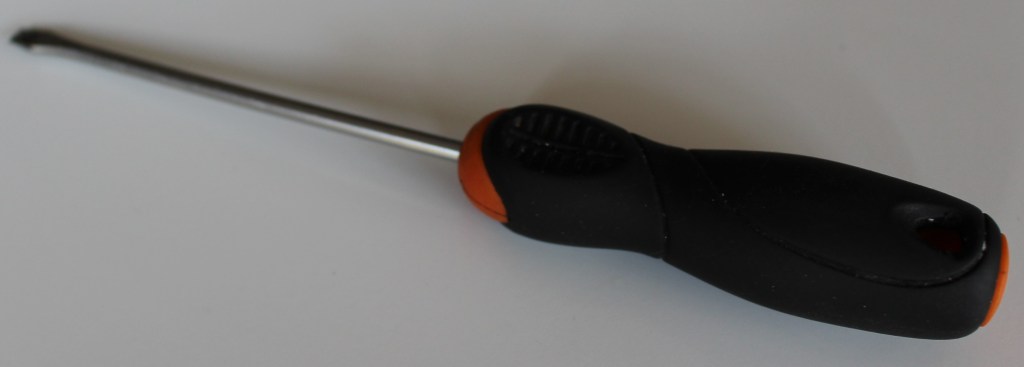
2: Pliers and cutter combination tool. Really useful for cutting and shaping garden wire, fixing Christmas lights, fixing kids toys, recovering items that have ‘fallen down a gap’ not forgetting cutting and trimming wire. If you have a bike, a lawnmower, taps or doors in your life, then you need pliers and cutters as adjustment of those items will be needed from time to time. Do it yourself, and you’ll save yourself time and money.
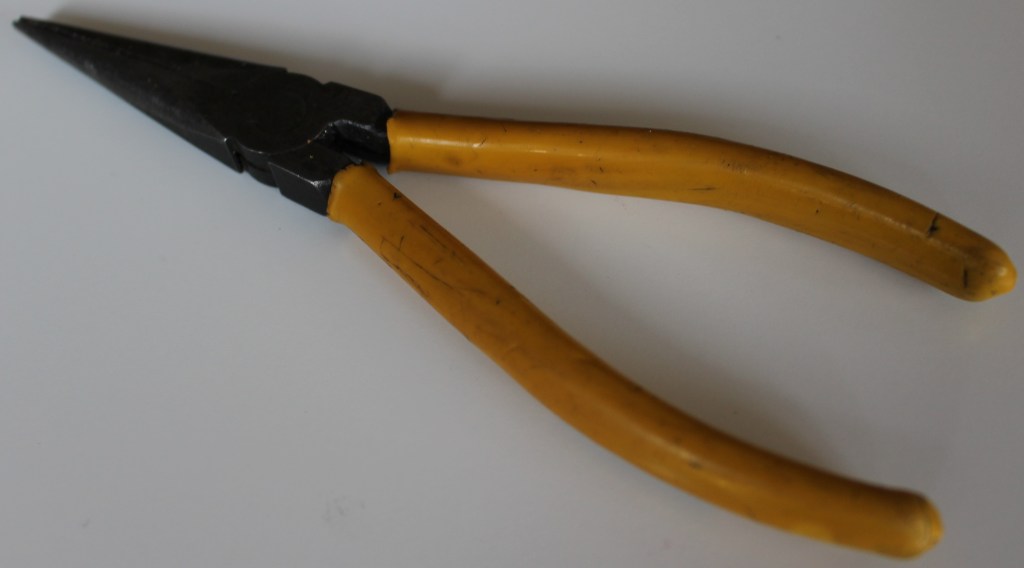
3: Adjustable spanner. If you don’t have space/ need/ cash for a full spanner set, consider an adjustable spanner instead. OK, so they’re not ideal for regular nut-spinning, they are useful for those less frequently required tasks such as; adjusting a bike saddle, tightening a tap and adjusting a radiator valve.

4: Cable ties and electrical tape. OK, not strictly tools, but honestly, I can’t think of more useful tool/fixings to have in your own man-drawer. Cable ties and electrical tape has a million uses, are cheap, readily available and can fix so many things either temporarily or permanently including; tying cables, mending a broken handle on a hoover, fixing a backpack strap, mending a buggy, making a hook loop, tying a door back. I always keep both in my mobile tool wrap to fix something, on the go. Get some today.
5: Screwdriver set. If you’re going to tackle more jobs around the home, invest in one that contains at least; big and small flat blade screwdrivers and large, medium and small cross-head screwdrivers. From kitchen appliance maintenance, kids toy adjustment, door hinge fixing to furniture assembly, a basic screwdriver allows you to keep things running for longer and to do the job properly.

6: A small set of Allen keys. Allen ‘hex’ screws are used on lots of things now including bikes, home appliances and children’s toys. As with the other tools mentioned here, you don’t need to spend a lot of money to get a set of keys that will open many common household objects.
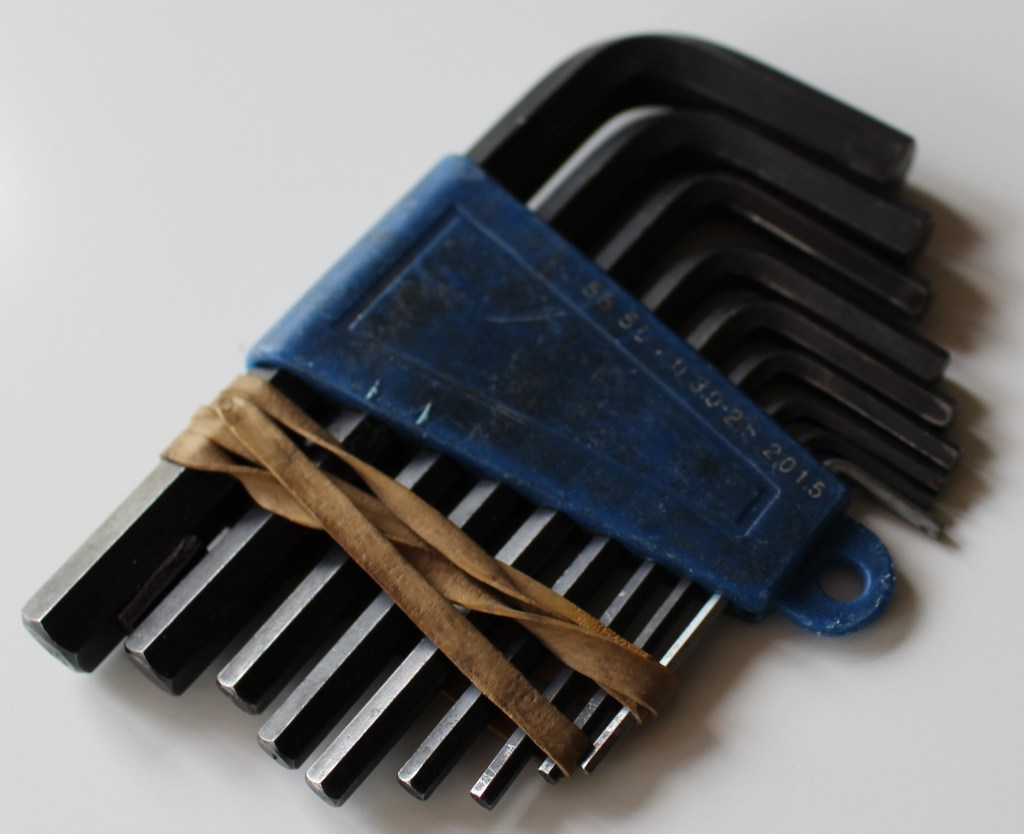
Don’t worry if you don’t yet have the knowledge to fix your coffee machine, just a quick search on YouTube will show you how to remove the doofer to access the widget to clean the thingy. Using a few of the aforementioned tools will allow you to complete the job like a pro, saving you cash, saving the appliance from landfill and giving you the power to do more. Just remember to unplug from the socket first. Tools also make excellent gifts, so the next time you’re wondering what to buy a loved one, have a sneaky peek in their man drawer, make a note of what’s missing for your gift list.
Until the next time… Do you have a DIY fixing related matter that you’d like me to explore in this section? If so, please get in touch.

